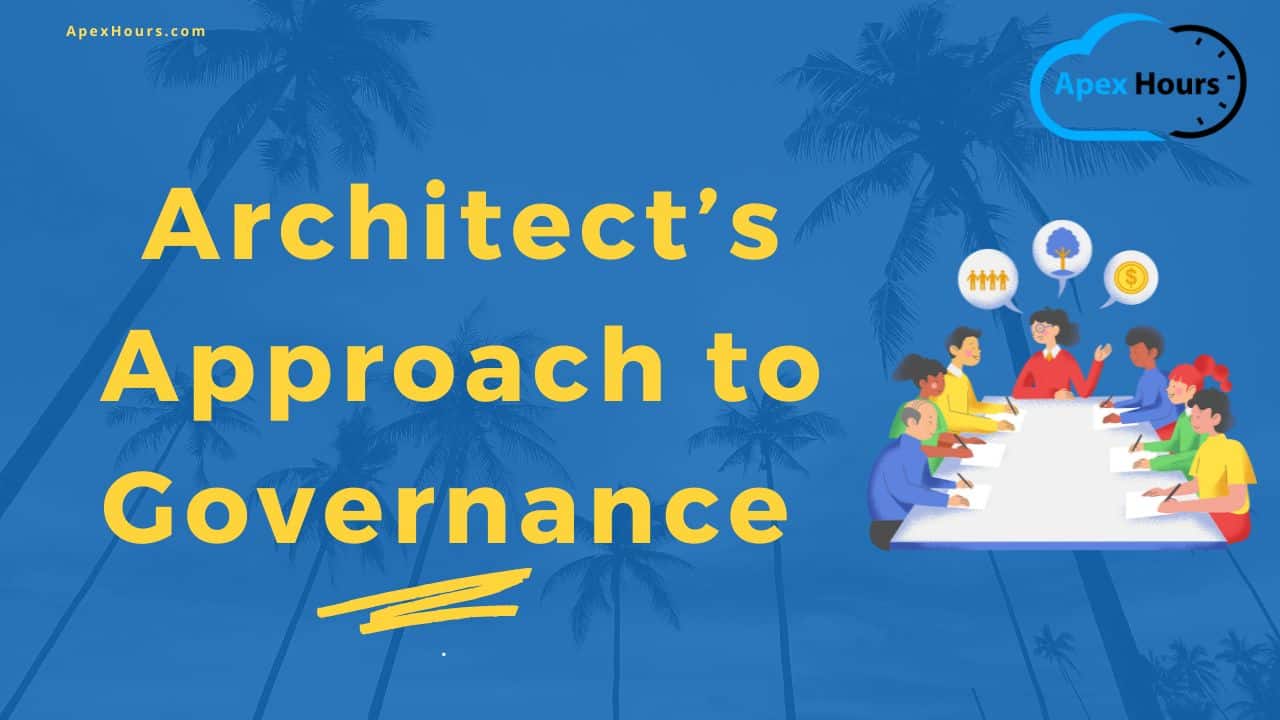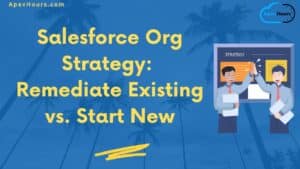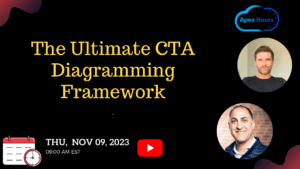The Intentional pillar of Salesforce’s Well-Architected brings clear guidance on ensuring clarity and quality within Salesforce implementations. However, a main catalyst to guarantee the application of this guidance and best practices is a strong governance structure with clear governing bodies in place to review and execute them and a thorough understanding among stakeholders regarding the roles and responsibilities involved. The architect’s approach to the governance session intends to help attendees understand how governance can help enable well-architected principles and which steps to take to build this up.
What is Intentional?
Intentional architectures are easier to own, maintain, and evolve with the business because they follow clear and consistent implementation patterns. Builders can interpret and implement designs for new features, and maintenance teams can understand documentation of what’s been implemented.
Well-Architected’s Intentional Strategy

Why to do it? Common myths
- Governance structures increase overhead
- Governance deters flexibility and innovation
- There is a one-size fits all way to governance
- Governance is a one-time project
- Governance is reactive in nature
- Governance is an IT thing
- Governance is a business thing
What is an example of good governance?
Governing Body– introduce a structure that deals with anything related to Salesforce – including business and IT members across the organization
Guiding Questions
- Work requests: How can users ask for functionality or features?
- Prioritization and work planning: Who decides what work requests matter?
- Environments and release planning: What is the environment pipeline for development, testing, and release?
- Service ownership and production support: Who supports what?
How to get started?
Three pieces of advice as takeaway from this session
- Identify Culture: There is no one fits all solution – identify the operating model (SOGAF can provide some guidance)
- Start Small- Don’t overburden your organization – consider starting small and delivering the first increments fast.
- What’s your utopia? What are your current pain points? Where do you want to go?
Learn more about the Governance model required in Salesforce projects.
Summary
Thanks, Christopher Ramm & Lilith Van Biesen, for a great session on Architect’s Approach to Governance.





